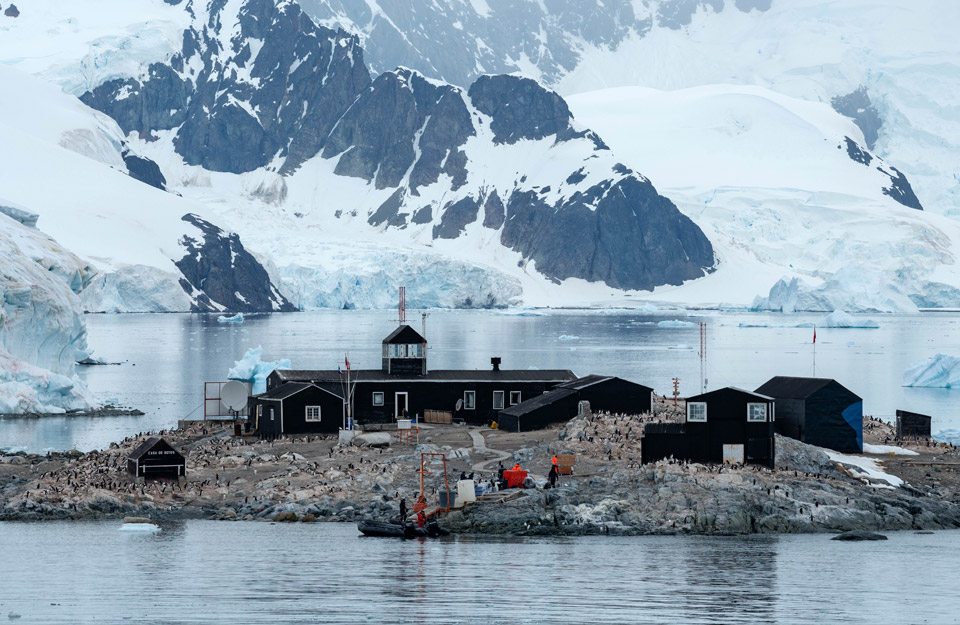
Thursday, November 6, marks the 80th anniversary of the historic date on which President Pedro Aguirre Cerda established the limits of the Chilean Antarctic Territory in 1940. Despite this announcement, the Chilean presence in the territory did not become effective until 1947, when the first base was installed in the area, named Arturo Prat. This was followed by the Bernardo O'Higgins (1948), Gabriel González Videla (1951), Pedro Aguirre Cerda (1955), Rodolfo Marsh (1969) and others. Today, Chile has 12 bases in its Antarctic territory.
It was in 1959 when this territory began to develop as an interesting scientific focus. On December 1 of that year, the Antarctic Treaty was signed in Washington or the Antarctic Treaty System (ATS), which designates Antarctica as a region of peace and cooperation for scientific research, also addressing issues related to sovereignty claims.
Since then, Chile has focused its actions in this territory on logistics, scientific research, environmental protection and international collaboration.
To support exploration and encourage the study of the area, in 1963 the Government created the Chilean Antarctic Institute (INACH), a public agency under the Ministry of Foreign Affairs, which aims at one of the main objectives of the STA: to carry out quality scientific research.
"INACH coordinates all the research that is carried out in Antarctica and also promotes some lines of research that are strategic for Chile. For example, the scope of the global changes that are occurring and that affect Antarctica and that we have realized through research that affect the future of the country," says Dr. Marcelo Leppe, director of the Chilean Antarctic Institute."One of our objectives is to exalt and bring to public understanding the importance of Antarctica for a country that is charting a destiny,"he adds.
In addition, Leppe explains that Chile has configured an axis of 3,000 km with capacities for Antarctic science -between Punta Arenas and Glaciar Unión- and that INACH is developing more than 100 scientific projects, integrating more than 350 researchers: "About 20% of them are international cooperation, which allows our research to be global in scope", explains the director.
Currently, 53 countries are members of the STA and 22 countries use Punta Arenas as a gateway to Antarctica, being the main route for science to the White Continent. Since 1947, Chile has maintained bases in different sectors of Antarctica, year since which the country complies with the principles enshrined in the STA: to dedicate this continent to peace and science, in a framework of intense international collaboration, providing knowledge of global scope.






